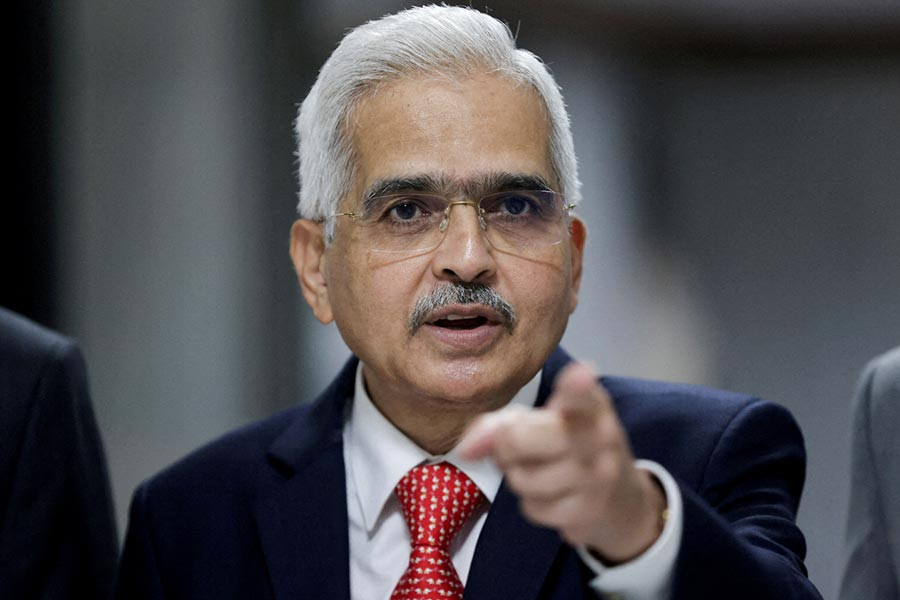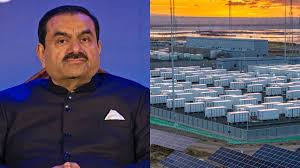There will be no extra interest burden, RBI Keeps Repo Rate Steady at 6.5% in a Pragmatic Move

Mumbai [8th June 2023]: In a highly anticipated monetary policy review, the Reserve Bank of India (RBI) has announced its decision to maintain the repo rate at 6.5%. The move comes amidst a backdrop of economic uncertainties and is seen as a pragmatic approach to strike a delicate balance between supporting economic recovery and managing inflationary pressures.
The RBI's decision to keep the repo rate unchanged reflects
its cautious stance in the face of evolving economic conditions. Despite calls
for a rate cut to stimulate growth, the central bank has opted to prioritize
its objective of containing inflation, which has been on the rise in recent
months.
The repo rate serves as the benchmark interest rate at which
commercial banks borrow from the RBI, influencing lending rates across the
economy. By keeping the rate steady, the RBI signals its commitment to
maintaining stability in the financial markets while recognizing the need to
nurture economic growth.
The decision takes into account various factors shaping the
overall economic landscape. Globally, uncertainties and trade tensions continue
to prevail, warranting a cautious approach. Domestically, the economy grapples
with the aftermath of the COVID-19 pandemic, supply chain disruptions, and
escalating commodity prices, all contributing to inflationary pressures.
Amidst these challenges, the RBI's pragmatic stance of
keeping the repo rate unchanged aims to strike a balance between bolstering
economic recovery and curbing inflation. Lowering interest rates could
potentially exacerbate inflationary pressures in the short term, hence the
cautious approach.
Moreover, the RBI's decision is rooted in its commitment to
ensuring stability and resilience in the banking sector. By maintaining the
repo rate, the central bank ensures that financial institutions have the
necessary stability and liquidity to navigate these uncertain times.
Looking ahead, the RBI will closely monitor evolving
economic conditions and take appropriate measures as needed. While the repo
rate remains unchanged for now, future decisions will be guided by the central
bank's mandate of achieving a delicate equilibrium between growth and
inflation.
You might also like!
















